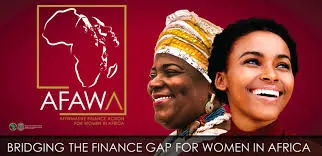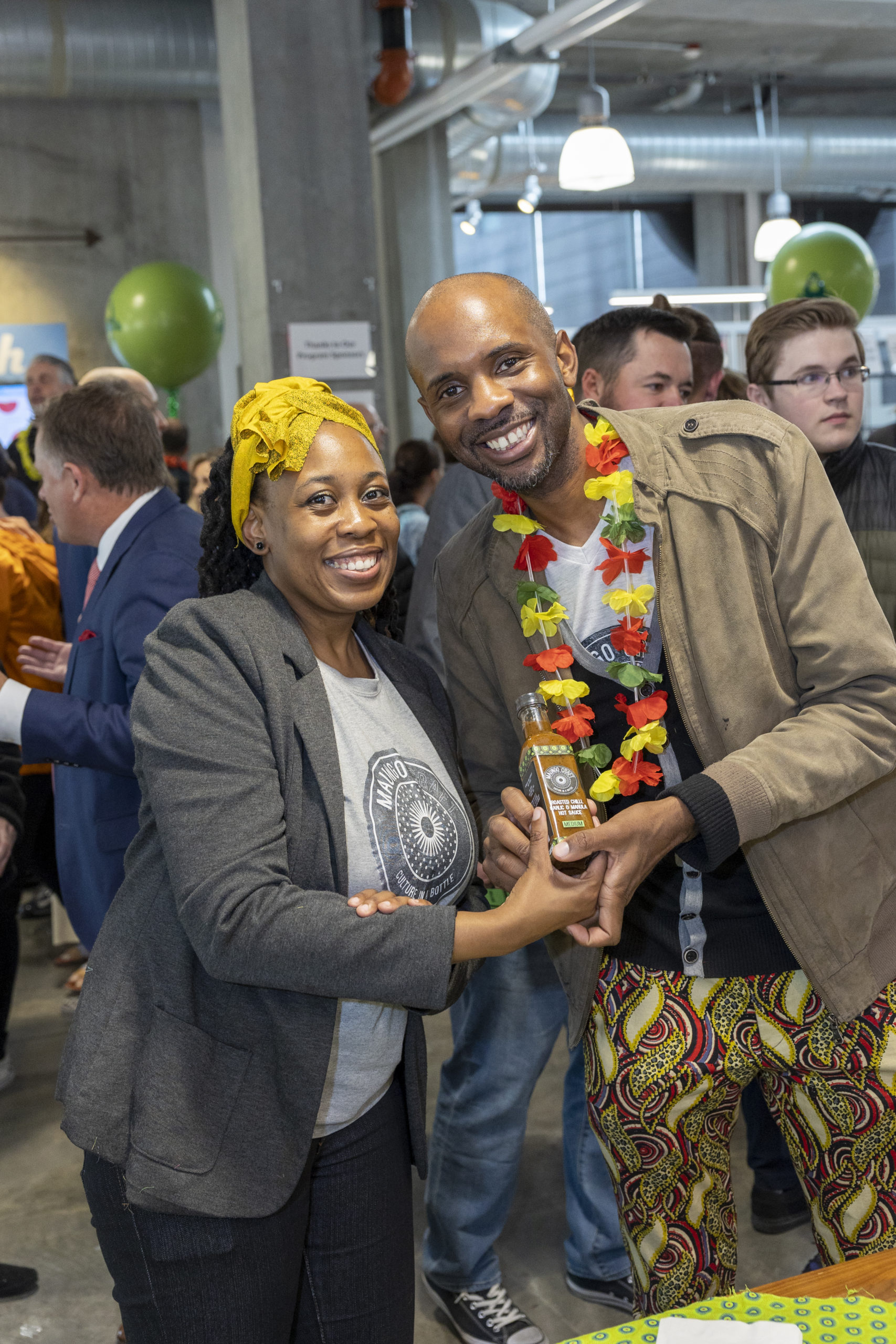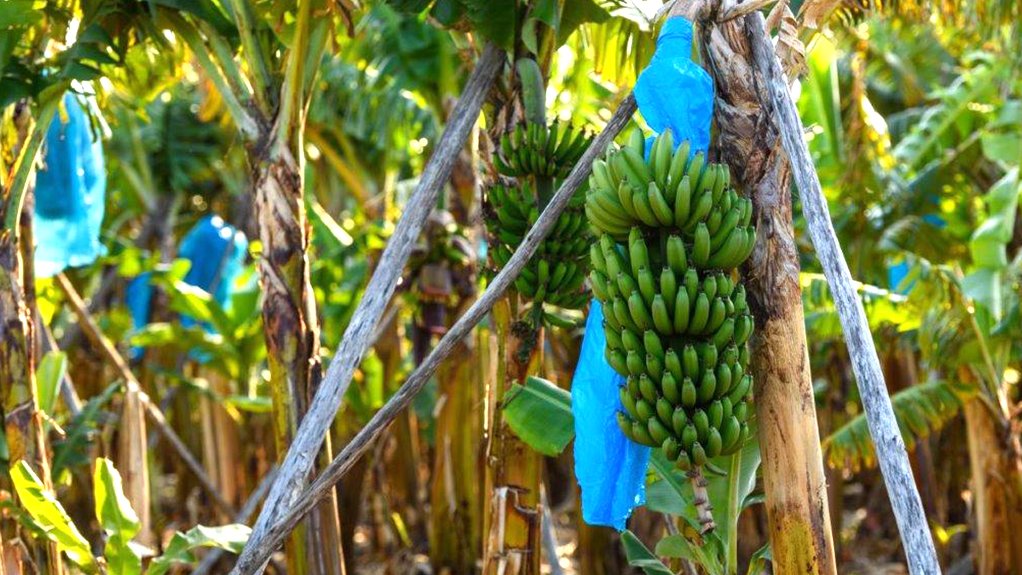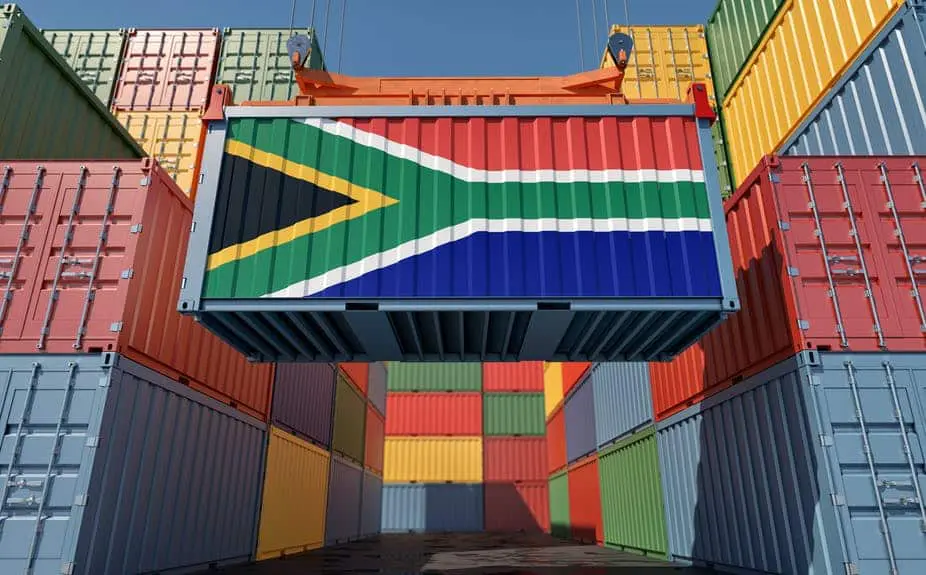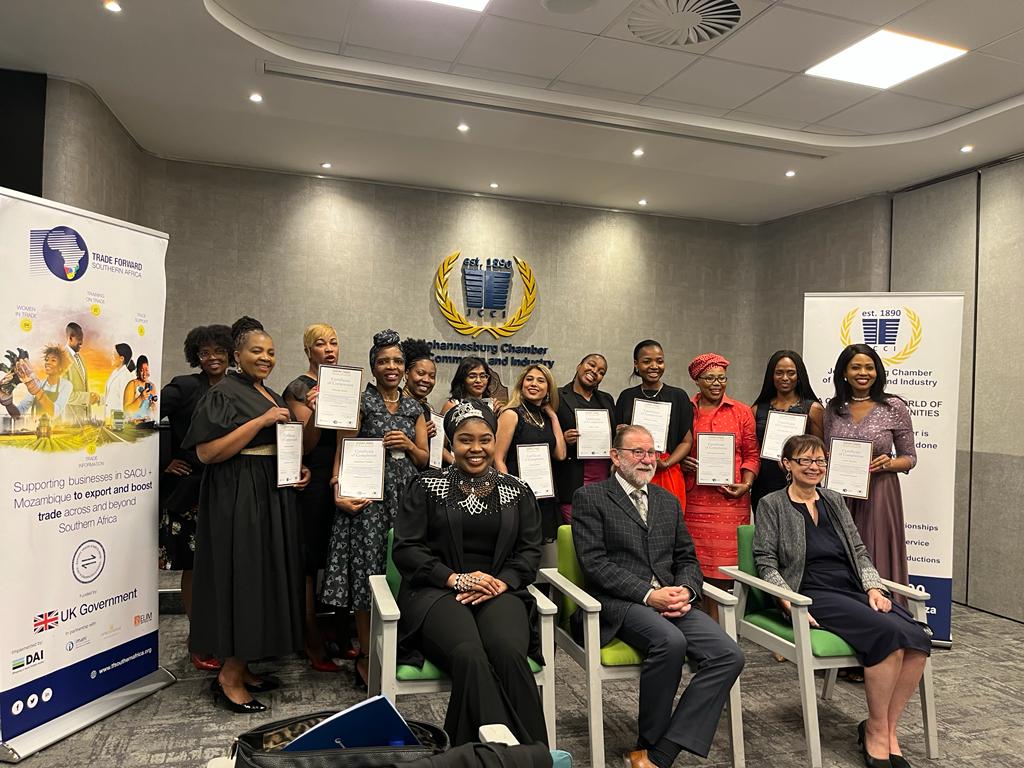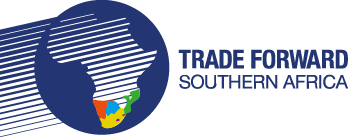The Affirmative Financial Action for Women in Africa program of the African Development Bank (www.AfDB.org), known as AFAWA, and the Alliance for Financial Inclusion introduced African Finance Ministers and Central Bank Governors to a newly established partnership to increase the financial inclusion of women.
At a roundtable dinner held on the sidelines of the International Monetary Fund and World Bank Annual Meetings on October 12, Bank and Alliance leaders introduced the AFAWA-Alliance for Financial Inclusion partnership to more than 70 guests, including 50 representatives of the Ministries of Finance and Central Banks, and 10 of whom are Ministers or Governors in office.
The $4 million program supports policymakers, regulators and other stakeholders to create financial inclusion-friendly policies that benefit African women-led small and medium-sized businesses.
“Through this project, we hope to generate improved data for policy decision-making and improve technical capacity among policymakers at the institutional, national, and regional levels.
These efforts will lead to an improved financial policy and regulatory environment for women entrepreneurs in Africa,” Swazi Tshabalala, Senior Vice President of the Bank, said in her opening remarks.
With financial inclusion high on the agenda for African countries, many nations are setting concrete targets for the financial inclusion of women.
When African women are unable to access finance, Africa will lose an estimated $316 billion in GDP by 2025, according to a McKinsey study.
However, evidence-based support from partner institutions could help African governments establish an enabling environment.
Representing the management unit of the Alliance for Financial Inclusion, the Governor of the Central Bank of Mozambique, Rogério Zamdemela, said: “We, as African central banks, are very pleased to see the deeper cooperation between the African Bank of Development and the Alliance for Financial Inclusion since the signing of a memorandum of understanding in 2017 in Abidjan”.
“I congratulate the leadership on launching the program,” added Zamdemela.
Last year, the Bank, through the AFAWA-Alliance for Financial Inclusion partnership, identified countries with the most progressive policies to accelerate financial inclusion.
The Alliance selected the Democratic Republic of the Congo, Morocco, Nigeria, Rwanda, Senegal, Zambia and Zimbabwe as case study countries.
She based her selection on: having made significant progress towards financial inclusion of women-led small and medium-sized enterprises; best practices to inform the financial inclusion harmonization process; and provide policy guidance to accelerate this targeted access to finance.
For example, in the last decade, Senegal has seen an impressive 900% increase in financial inclusion for women, while the Democratic Republic of the Congo has achieved a 700% increase in the same period.
Representatives from the International Monetary Fund, which recently launched its first Gender Strategy, told event attendees that statistical research and collaboration would help the new partnership achieve its goals.
“We recognize that reducing gender disparities, especially in access to finance, leads to exponential economic growth.
We encourage all countries to publish gender-disaggregated data and find synergies with new emerging sectors,” said Ratna Sahay, Senior Advisor on Gender at the International Monetary Fund. Also supporting the new partnership: Dr. Beth Dunford, Bank Vice President for Agriculture, Human and Social Development; Malado Kaba, Director of Gender, Women and Civil Society of the Bank; and Esther Dassanou, Manager of the AFAWA initiative.
AFAWA and the Alliance for Financial Inclusion will implement the joint program in 35 countries represented by the Alliance’s member institutions in Africa, and with the regional organizations Union économique et monétaire de l’Afrique de l’Ouest and the Communauté économique et monétaire de l’Afrique centrale.
Source Article: NNN
